SHAKE THE BLACK DUST
Tales from Saldanha — Ports, trains and local economies in South Africa and Colombia (Part 3)
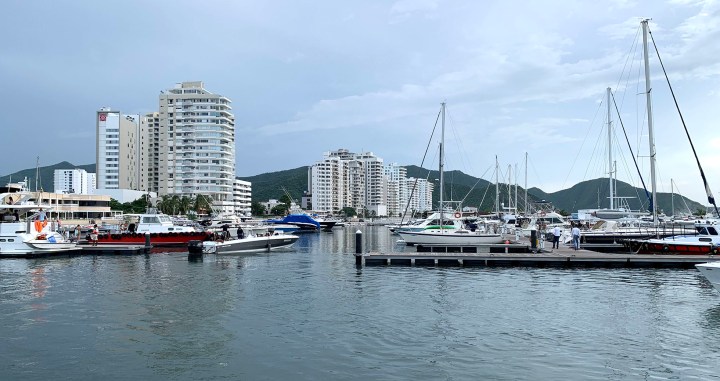
The local economy in the city of Santa Marta in Colombia shows that a combination of getting some of the basics right while developing new ways of driving sustainable livelihoods can keep moving us in the right direction.
In One Hundred Years of Solitude, Gabriel García Márquez fictionalises part of the banana massacre by the United Fruit Company in the north of Colombia in 1928. The train line that features in this episode of the famous Colombian novel is the same one that has been fundamental to the transportation of coal from the interior to the port city of Santa Marta for export.
Read Part 1 in Daily Maverick: Tales from Saldanha — can the town find its green future? (Part 1)
Read Part 2 in Daily Maverick: Tales from Saldanha — from fishing to tourism, the local economy needs big plans (Part 2)
Located on the Caribbean coast and at the foot of the Sierra Nevada mountains, Santa Marta is one of Colombia’s oldest and most touristic cities. It is also the destination of much of the country’s coal, just as iron ore is brought to Saldanha port in South Africa from mines far away.
And much like the “red dust” from iron ore that covers parts of Saldanha, Santa Marta has suffered from “black dust” from coal being transported through its port infrastructure. By 2013, the problem reached emergency levels when the US-based Drummond company released close to 2,000 tonnes of coal into the ocean to salvage one of its barges that was sinking. This episode led to a different way of doing things. While imperfect, it began to improve the situation.
A crisis and a milestone
Magdalena – the province in which Santa Marta is found – is an important part of the story of decarbonisation in the country. Several wind and solar projects are planned there and given the dominance of coal at the port, the impact of decarbonisation will be significant. Similarly, in the neighbouring region of Guajira, also on the Caribbean coast, Joanna Barney from Indepaz, a local NGO in Colombia that works there, explains how an influx of energy developers has generated mistrust among indigenous communities on whose land these new investments are aimed.
Colombia remains today one of the deadliest places on Earth for environmental activists. It is not a simple context and there are no easy answers.
The 2013 coal “spill” led to some serious changes. For one, this resulted in a major fine against Drummond “and from there, the ports were regulated to ensure all the minerals were transported on conveyor belts”, explains Professor Andrea Cardoso from the University of Magdalena.
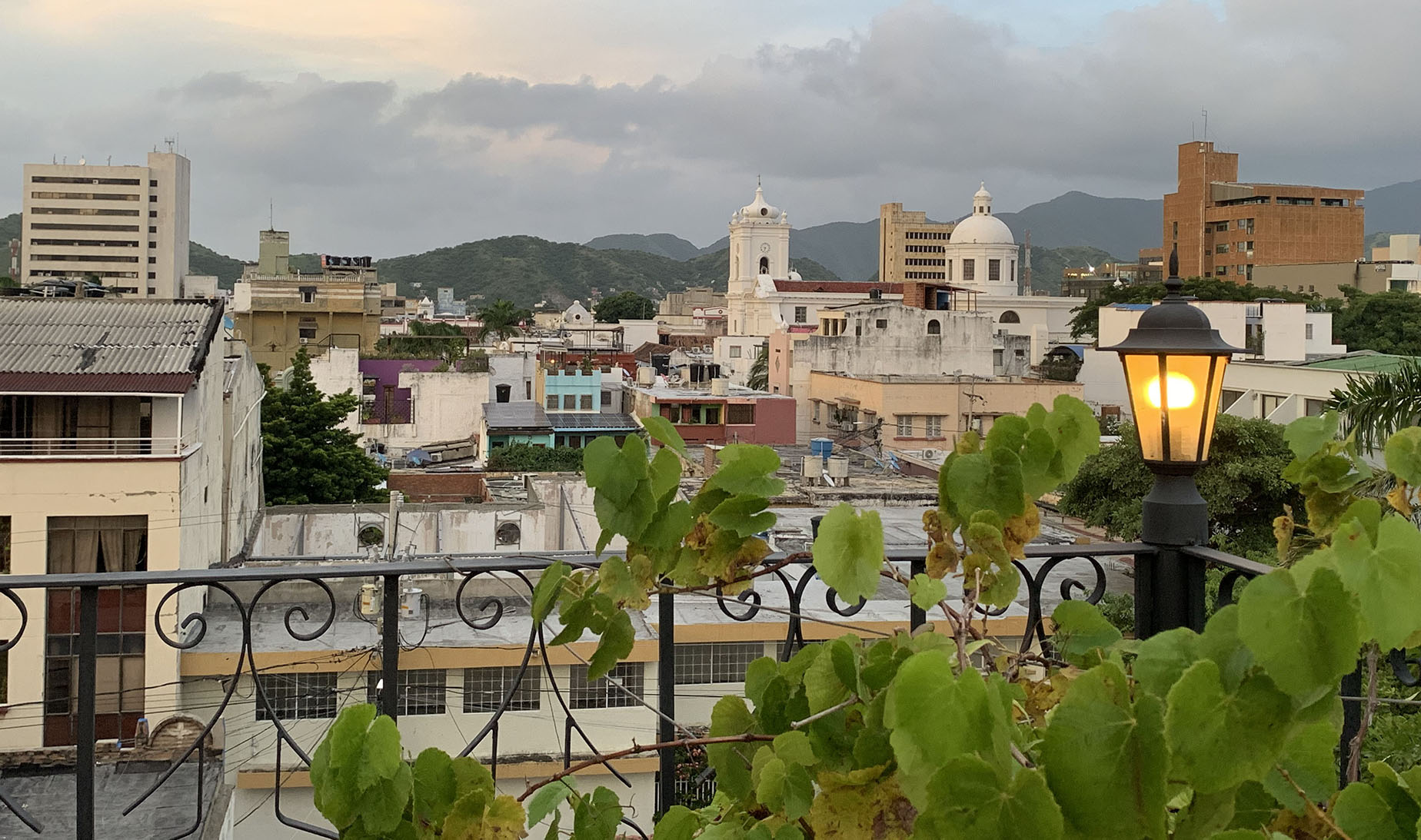
Founded in 1525, Santa Marta is believed to be the oldest city in Colombia. (Photo: Local South)
In addition, key shifts were made in how the coal was loaded onto the ships as well as the amount of coal loaded onto the trains coming into the port.
The point is that the government took responsibility to appropriately regulate. For Cardoso, “this milestone was key because it brought greater control and greater regulation of the transportation, both in terms of the train and the port”.
The reduction of black dust was imperative to ensuring the survival of local sectors.
The pillars of tourism and fishing
Tourism is a big part of Santa Marta’s economy, with destinations like Tayrona National Park, the archaeological ruins of the Lost City in the Sierra Nevada mountains, and the beaches of the city itself. Similarly, small-scale fishing has been a core part of life there. Indeed, Santa Marta is home to the Corporación de Pescadores Chinchorreros de Taganga, which is among the oldest small-scale fishing cooperatives in Latin America.
Cardoso explains that the coal from Santa Marta’s port had a major impact on both tourism and fishing. On the one hand, the black dust became a serious problem, given that key sites such as the city’s beaches and water were being polluted with layers of coal. At the same time, port construction led to fishing restrictions and affected the marine ecosystems that the small-scale fishers relied on.
These impacts are compounded by the way that growing mechanisation means that the port increasingly “generates very little work and certainly very little local employment”, says Cardoso.
Ze Carlos Lugo Avendaño, who lives in Don Jaca, a fishing community in Santa Marta, says that small-scale fishers are now working on new ways to maintain their livelihoods in the face of new pressures.
One of these is sustainable aquaculture, including “the planting of algae, because that allows the ecosystem to regenerate and allows the reproduction of fish that have been scarce due to all these issues”, he says.
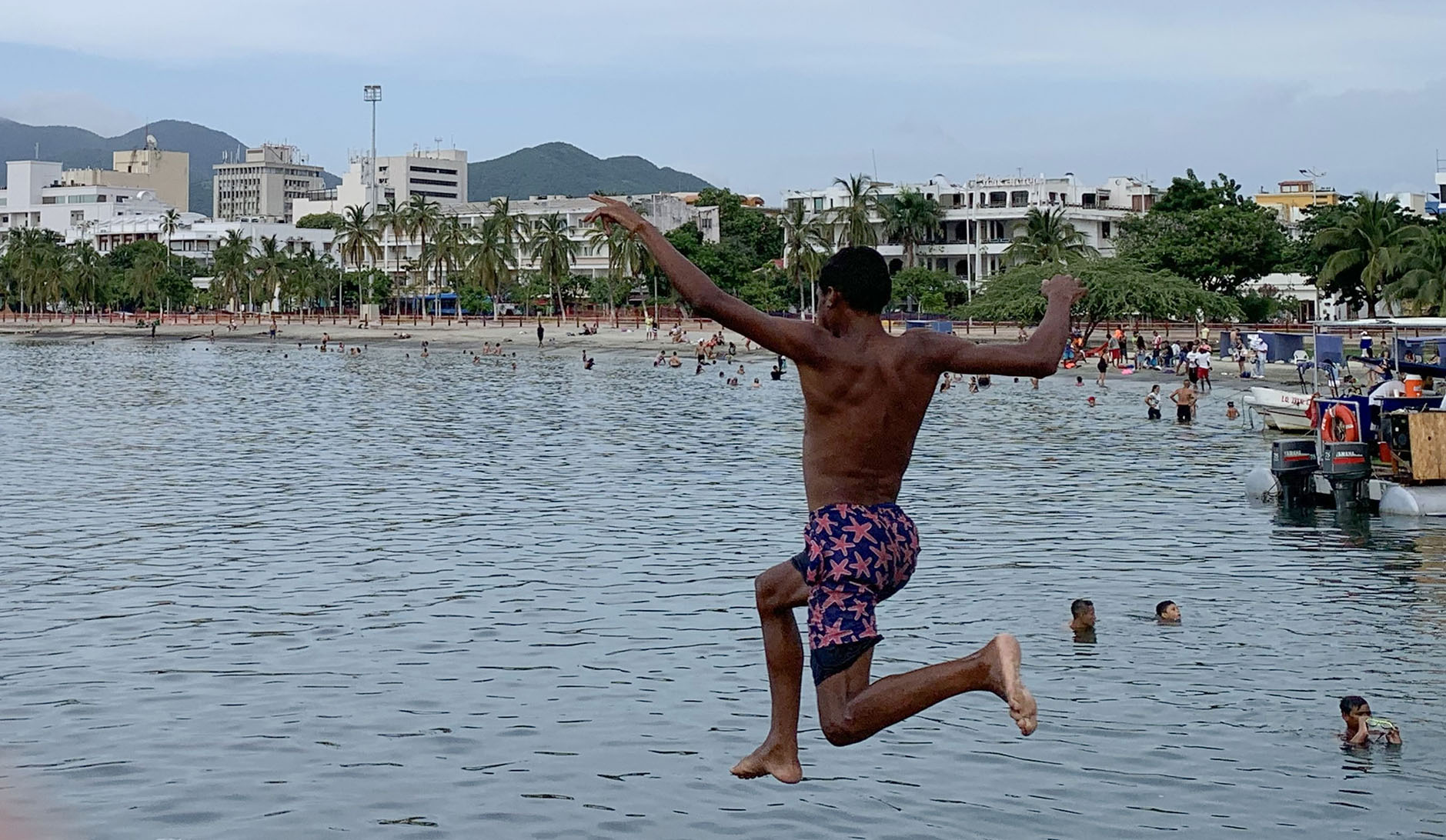
Located on the Caribbean sea, Santa Marta is a popular touristic destination in Colombia. (Photo: Local South)
They’re also exploring the establishment of formal “economic zones for small-scale fishing” which, Avendaño says, is “a designated zone for small-scale fishing in which the fishers know that they are going to fish without interference, for example, from barges or things like that”.
Like fishing, the concept of community tourism in Santa Marta and its surrounds draws a direct link to the local economy, supporting local communities to develop tourism offerings. The national ministry of trade, industry and tourism has a programme aimed at encouraging the growth of community tourism in the country and there are also programmes in Santa Marta to create tourism within fishing communities themselves to supplement incomes.
More generally, the region is increasingly a popular sustainable tourism destination. The small village of Minca, for example, sits just at the entrance to the Sierra Nevada mountain range and was historically difficult to access because of the civil conflict. Today it is a hub of local, sustainable tourism in the region.
From popular economy to ‘energy communities’
These types of activities would be considered part of what in Colombia is known as the popular economy, a pre-existing idea that has become central to the Colombian government’s social and economic strategies.
There is no one definition for the popular economy. Ordinarily the term includes the informal economy, but is used more broadly to refer to a host of economic activity, from micro-enterprises to small shops and people working in transport. As Colombia’s deputy minister of finance, Diego Guevara, explains, there is a wide range of activities that fall into the popular economy and the majority of people interact with it daily.
As we noted in the previous story in this series, informal employment in Colombia makes up more than half of all employment, unlike South Africa where informal employment is heavily constrained by regulation and spatial exclusion, resulting in extremely high unemployment compared with other countries.
The popular economy in the Colombian context provides a language to speak of the local economy, through which people can earn a dignified livelihood, without romanticising the very real challenges of working in informal and similar employment.
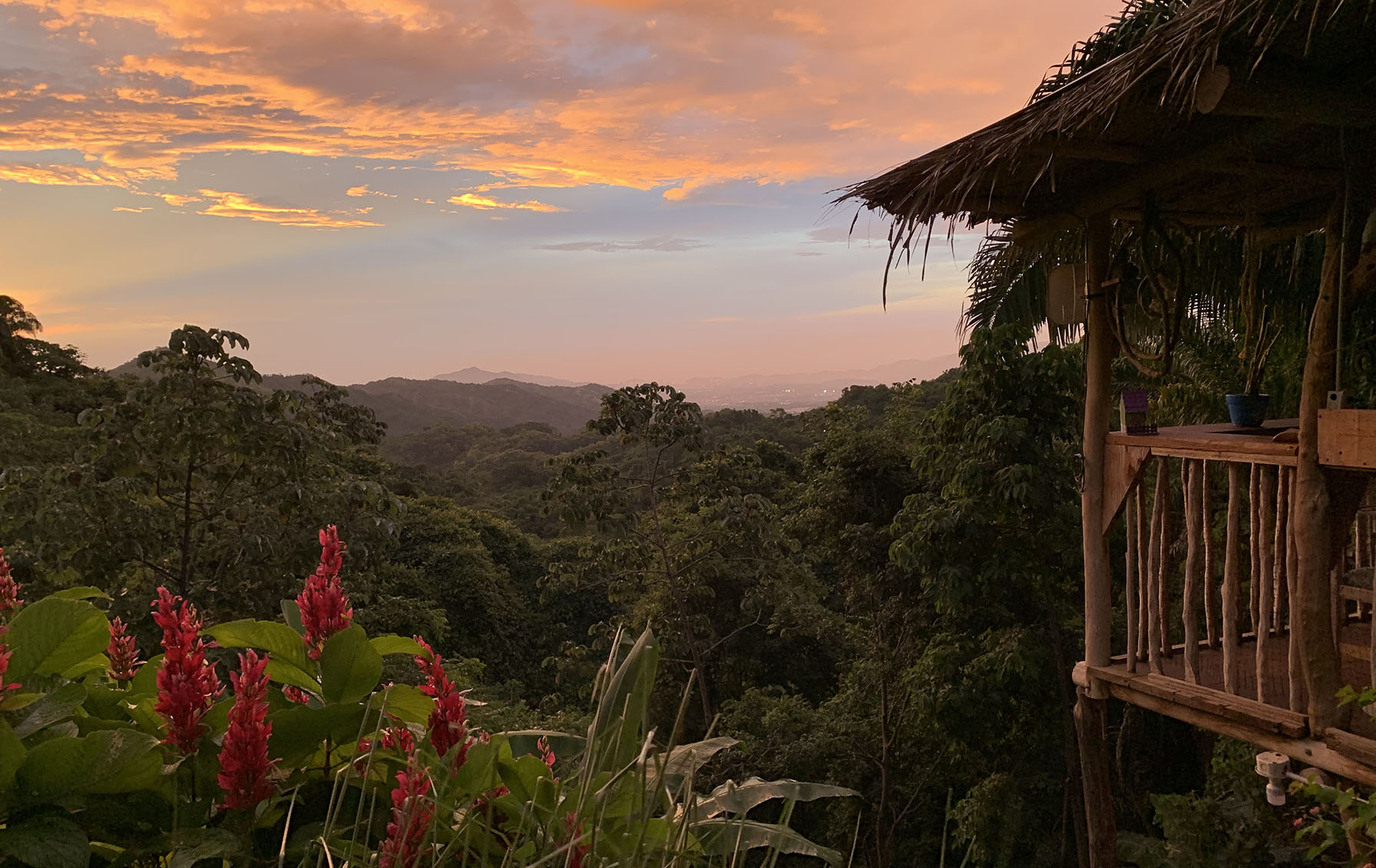
The small village of Minca has become a hub for sustainable tourism attracting local and international visitors. (Photo: Local South)
The idea is not only relevant for sectors like tourism and fishing, but energy production as well. Avendaño says that in Santa Marta they are also forming “energy communities”, which are groups of individuals working together to generate, store, market and better distribute renewable energy. This is a model the ministry of mining and energy in Colombia is promoting in order to increase renewable sources and as Dr Simón García, adviser to the ministry, explains, to redress historical debts to marginalised communities.
To date, there have been more than 10,000 submissions for energy communities around the country that include fisher communities and small-scale farmers.
Not long ago, walking on a Santa Marta beach, Cardoso noticed a small piece of coal. While it was disturbing to see – and she even took photos – the improvement over the past decade has been significant. The situation isn’t perfect and the struggle to find a way to support local economies and usher in a just transition are far from over, but Santa Marta’s local economy shows that a combination of getting some of the basics right while developing new ways of driving sustainable livelihoods can keep moving us in the right direction. DM
Marcela Guerrero Casas and Dustin Kramer are the co-founders of Local South. Located between Cape Town and Bogotá, they work to create sustainable, dynamic and livable cities in the Global South.
This work was supported by Heinrich Böll Stiftung Southern Africa.






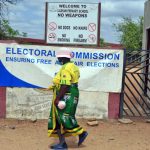












The red dust problem at Saldanha port would be significantly improved if similar methods such as those used at Australian iron ore ports were used; eg roofing the tippling plant, watering the ore heaps 3 or 4 times per day, covering the iron ore rail wagons, etc. in short, implementing the recommendations contained in the red dust mitigation report completed a few years ago. However, Khumba and Transnet are refusing to implement the report’s recommendations and the municipality is refusing to hold them to account.